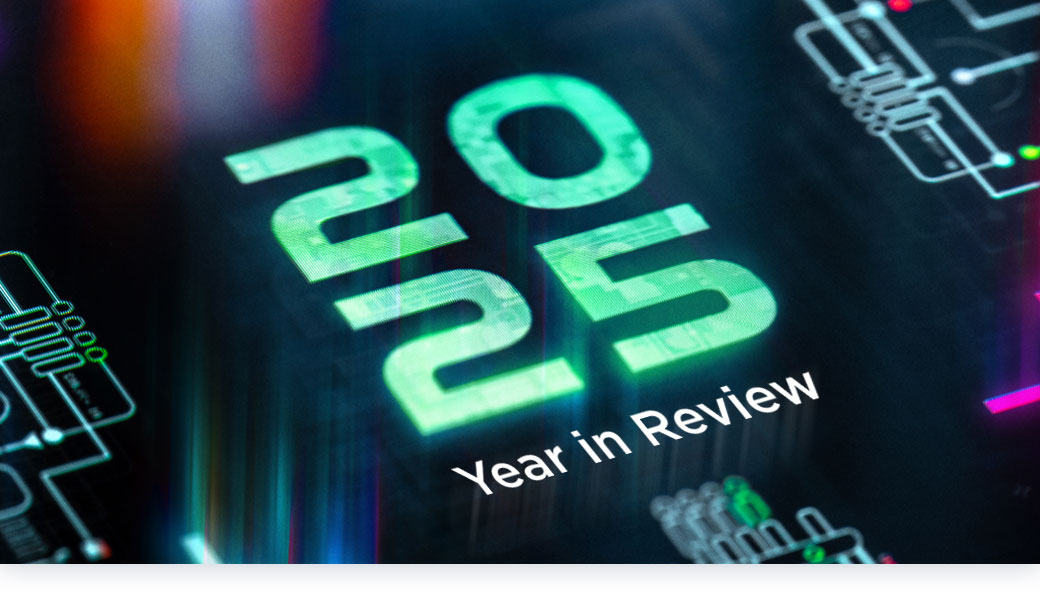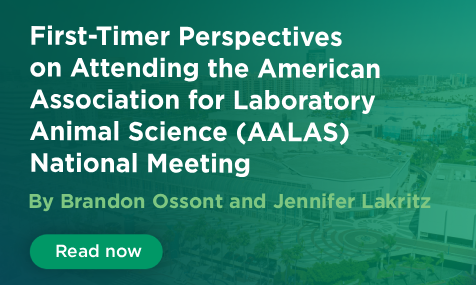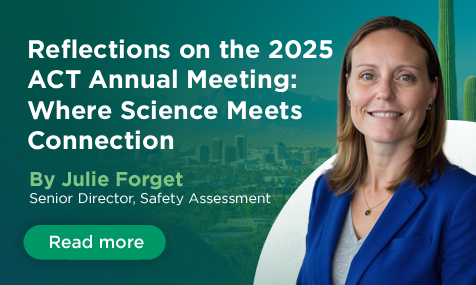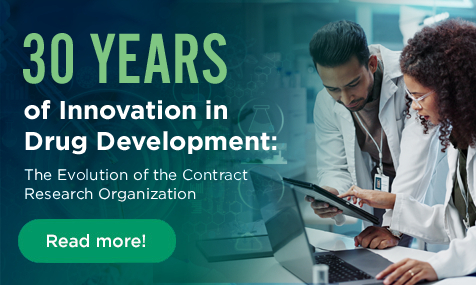Altasciences at ASGCT 2025: An Open Forum for All Things Gene and Cell Therapy | By Kaylyn Koenig
I recently returned from attending the American Society of Gene and Cell Therapy (ASGCT) Annual Meeting. This was my first conference since joining Altasciences, and I was excited to attend with some of my esteemed colleagues, Nobert Makori (Vice President of Toxicology), Steve Mason (Co-COO), and members of the Business Development team, Derek Storey, Gretchen Green, Todd Hartz, and Mike Zamora.
WHO WAS AT ASGCT 2025? A Look Inside the Biggest Gathering in Cell and Gene Therapy
If you’re in the world of cell and gene therapy, ASGCT 2025 was the place to be. What started 28 years ago as a meeting for academic researchers has evolved into a dynamic, cross-disciplinary hub for the entire cell and gene therapy ecosystem. From groundbreaking science to next-gen technologies, the energy at this year’s conference was undeniable.
I had the chance to connect with a wide range of attendees—academics, clinicians, bioindustry leaders, pharma developers, supporting vendors, and even patient advocates. But one trend stood out: a strong presence from sponsors interested in moving their therapies into preclinical and clinical stages.
OUR TIKI BAR BOOTH WAS BUZZING
It’s safe to say our tiki bar-themed booth was a huge hit at ASGCT 2025! We had the chance to meet with so many new contacts who were interested in learning more about what we do at Altasciences—the conversations were as lively as the décor.
Beyond the new connections, it was also great to reconnect with familiar faces—longtime clients and vendors with whom we collaborate regularly.

EVALUATING THE USE OF NONHUMAN PRIMATES IN GENE AND CELL THERAPY STUDIES
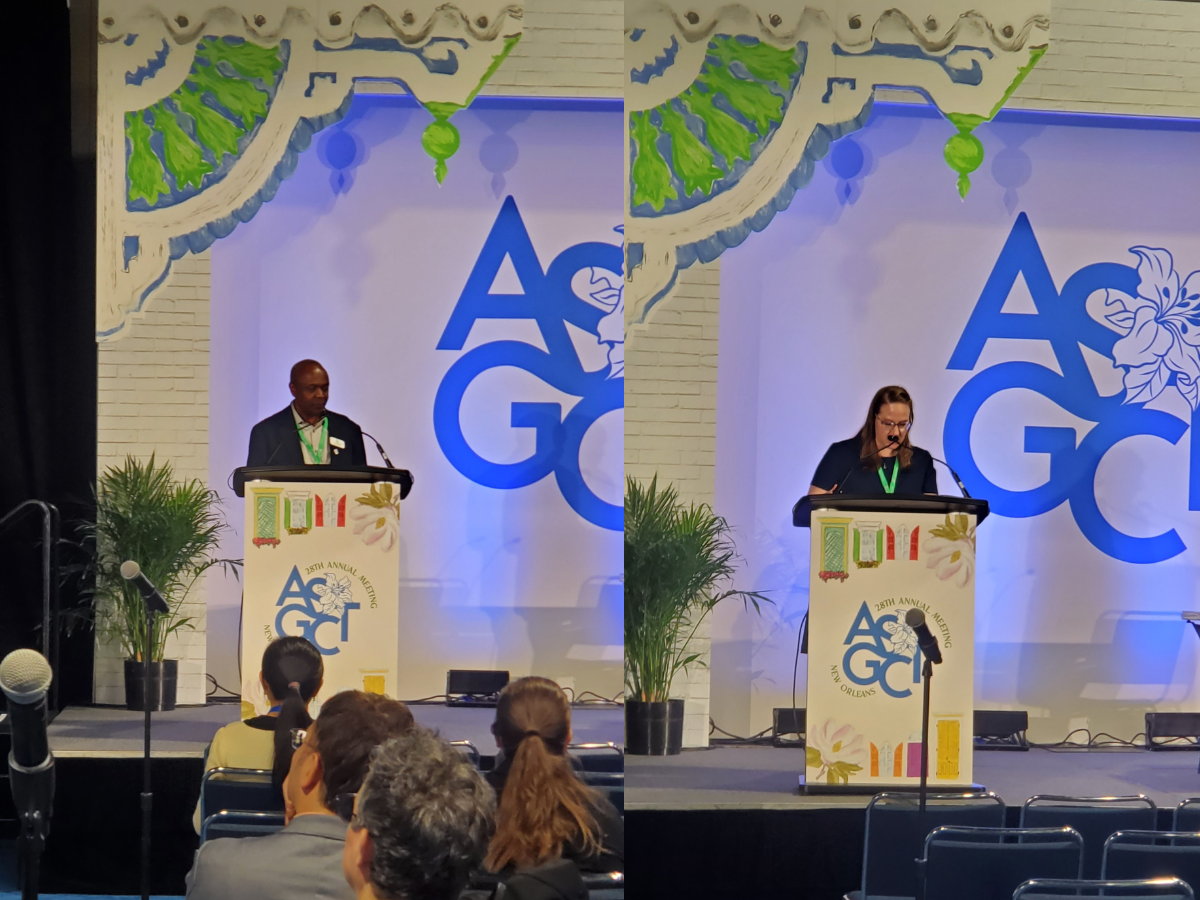 One of the highlights for me was sharing the stage of the exhibit hall with Norbert for our joint presentation, “Nonhuman Primate Research Models in Gene and Cell Therapy: Fetal, Infant, to Mature Animal Utility”. Norbert spoke about study design and planning considerations for the use of appropriately aged nonhuman primates (NHPs) in IND-enabling studies. He also emphasized a key regulatory concern: it's critical to confirm that there is no risk of germline integration from gene therapy therapeutics.
One of the highlights for me was sharing the stage of the exhibit hall with Norbert for our joint presentation, “Nonhuman Primate Research Models in Gene and Cell Therapy: Fetal, Infant, to Mature Animal Utility”. Norbert spoke about study design and planning considerations for the use of appropriately aged nonhuman primates (NHPs) in IND-enabling studies. He also emphasized a key regulatory concern: it's critical to confirm that there is no risk of germline integration from gene therapy therapeutics.
My portion of this presentation focused on the collection of gametes—specifically oocytes and sperm—from animal models to assess specific genetic targets and their potential to integrate into the germline after therapeutic administration. This checkpoint is essential during regulatory safety assessments, and our team brings a lot of experience in this area. We’ve developed refined procedures for optimal sample collection and share these best practices with our clients to support the integrity of their studies.
ASSESSING GERMLINE INTEGRATION IN GENE THERAPY STUDIES
I also had the privilege of presenting our poster, “Gene Therapy Studies and Germline Integration Assessment in Nonhuman Primates”, on behalf of myself and my amazing co-contributors: Norbert, Vishal Kothari, Karlin Morse, and Francesca Barone.
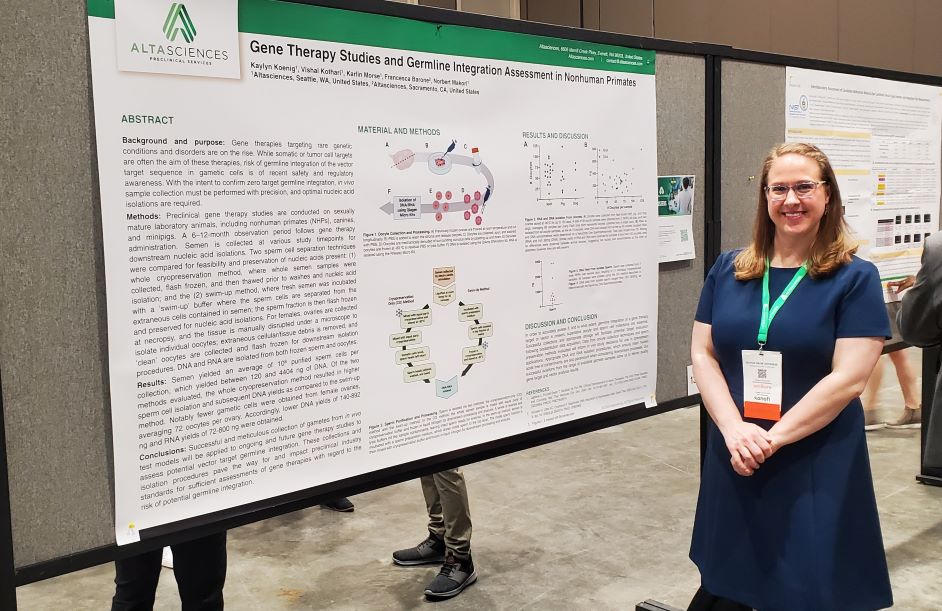
The poster showcased how we at Altasciences collect gametes (sperm cells and oocytes) from a variety of species, including nonhuman primates, swine, and canines. I also walked attendees through some of our DNA and RNA isolation techniques and our molecular biology laboratory’s experience in collecting samples and isolating genetic material to assess germline integration after preclinical studies.
It was exciting to see how much interest the poster generated. We had some great conversations with researchers and industry professionals who asked thoughtful, technical questions about our methods and downstream analysis—proof that germline safety continues to be a top concern in the advancement of gene therapy.
Curious to see the science in action? Watch my presentation of the poster here:
WRAPPING UP ASGCT 2025: SCIENCE, STORIES, AND A LITTLE BIT OF JAZZ
As much as I enjoyed giving my own presentations, I was just as inspired by all the sessions hosted by fellow exhibitors. The depth and diversity of content around preclinical research were impressive—I especially enjoyed learning about the various analyses and methodologies that sponsors are using to push their programs forward.
But as always, the true value of ASGCT lies in conversations and connections. Over just a few short days, I connected with researchers, sponsors, and partners to talk shop: industry trends, regulatory shifts, and scientific advances. These weren’t just surface-level chats, either. We’ve already scheduled a site visit for July with a sponsor exploring a potential NHP project with Altasciences, and I’ve had many follow-up emails and calls from others who are eager to learn more about how our PCR lab can support their gene therapy study.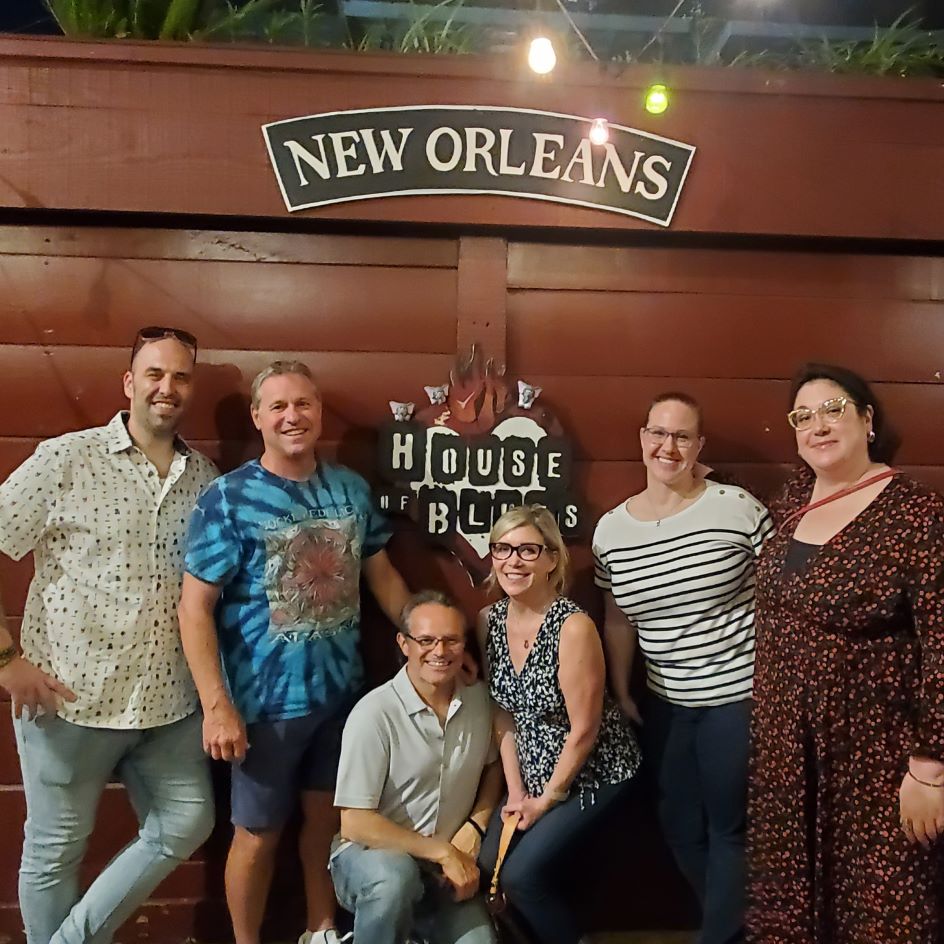
And of course, it wouldn’t be ASCGT without a little fun. This year’s meeting took us to vibrant, historic New Orleans, so naturally, we took time to explore the sights and sounds. We even stopped by the iconic House of Blues… and yes, Albert—or should I say, a few Alberts—came along (look closely at the sign in the photo!).
Next year’s ASGCT meeting will be in Boston, a location that is sure to attract a wave of biotech groups to collaborate and establish new relationships. I can’t wait!
Are you planning a cell and gene therapy study? Contact me or one of my colleagues to see how we could help—we would be happy to answer any of your questions!
ABOUT THE AUTHOR: KAYLN KOENIG
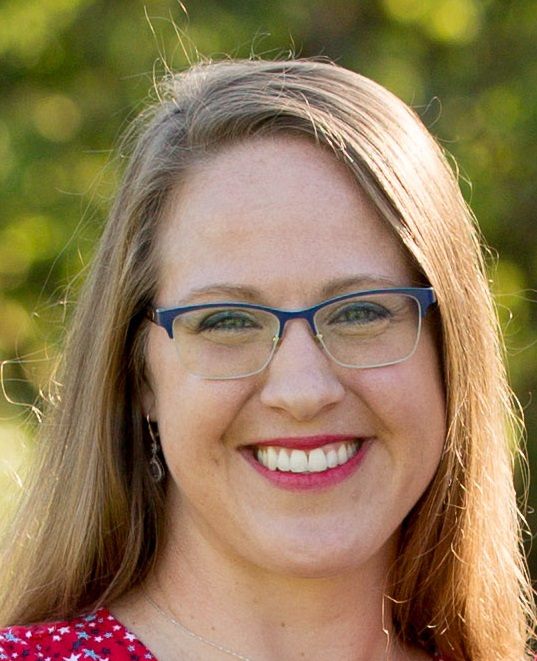
Kaylyn Koenig first joined Altasciences in 2019 as a scientist and was promoted to Principal Scientist in 2023. In her current role, Kaylyn assists PCR scientists with their projects and helps them identify tools and craft custom laboratory solutions to meet sponsors’ needs. Kaylyn collaborates closely with the business development team and is always happy to speak with potential clients about what makes Altasciences a different kind of CRO/CDMO.
Kaylyn graduated from Texas A&M University with a Bachelor of Science in Marine Biology, holds a Doctor of Philosophy in Environmental Toxicology from Texas Tech University, and completed a professional certificate in Biomedical Regulatory Affairs at the University of Washington.
